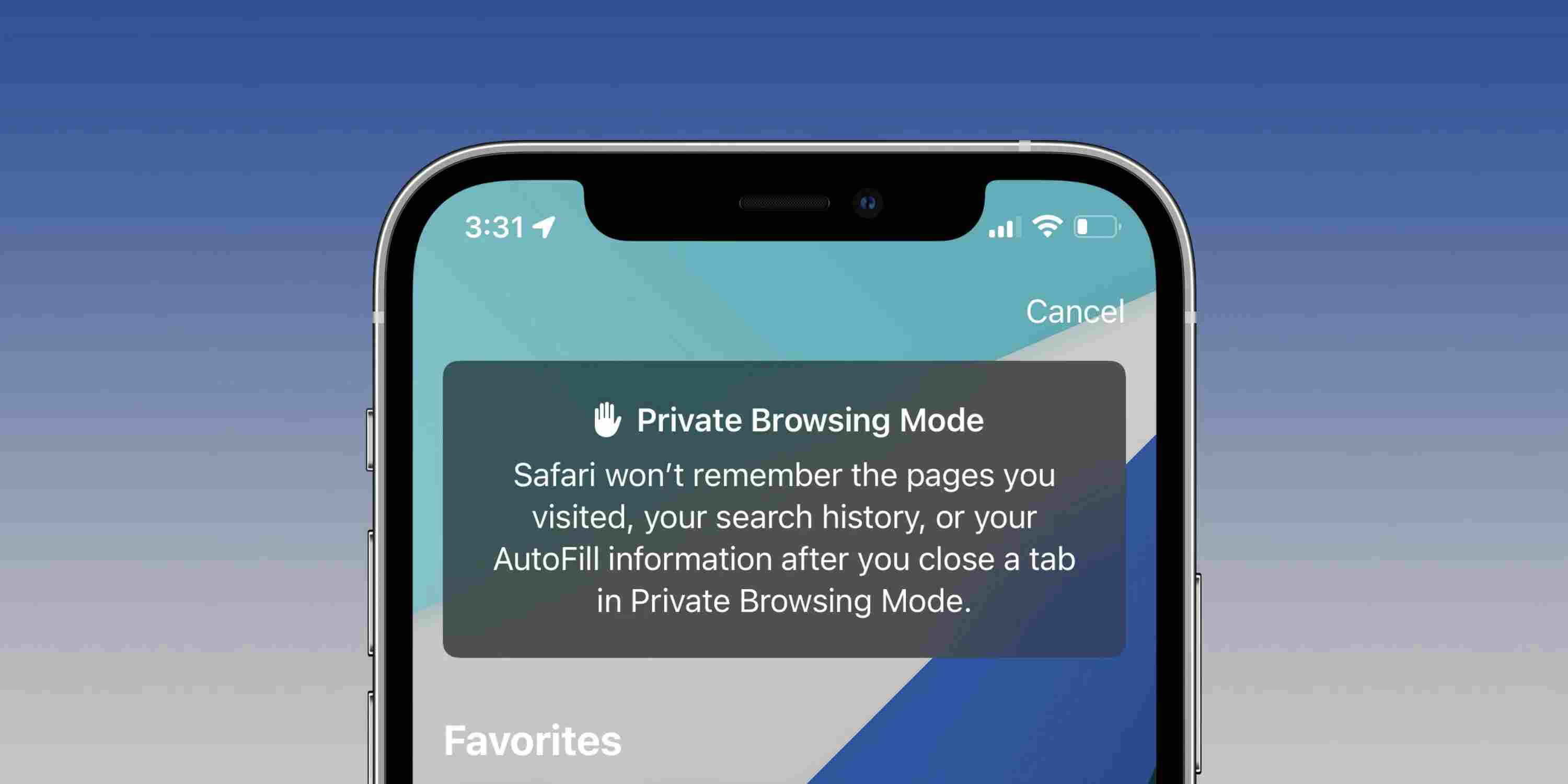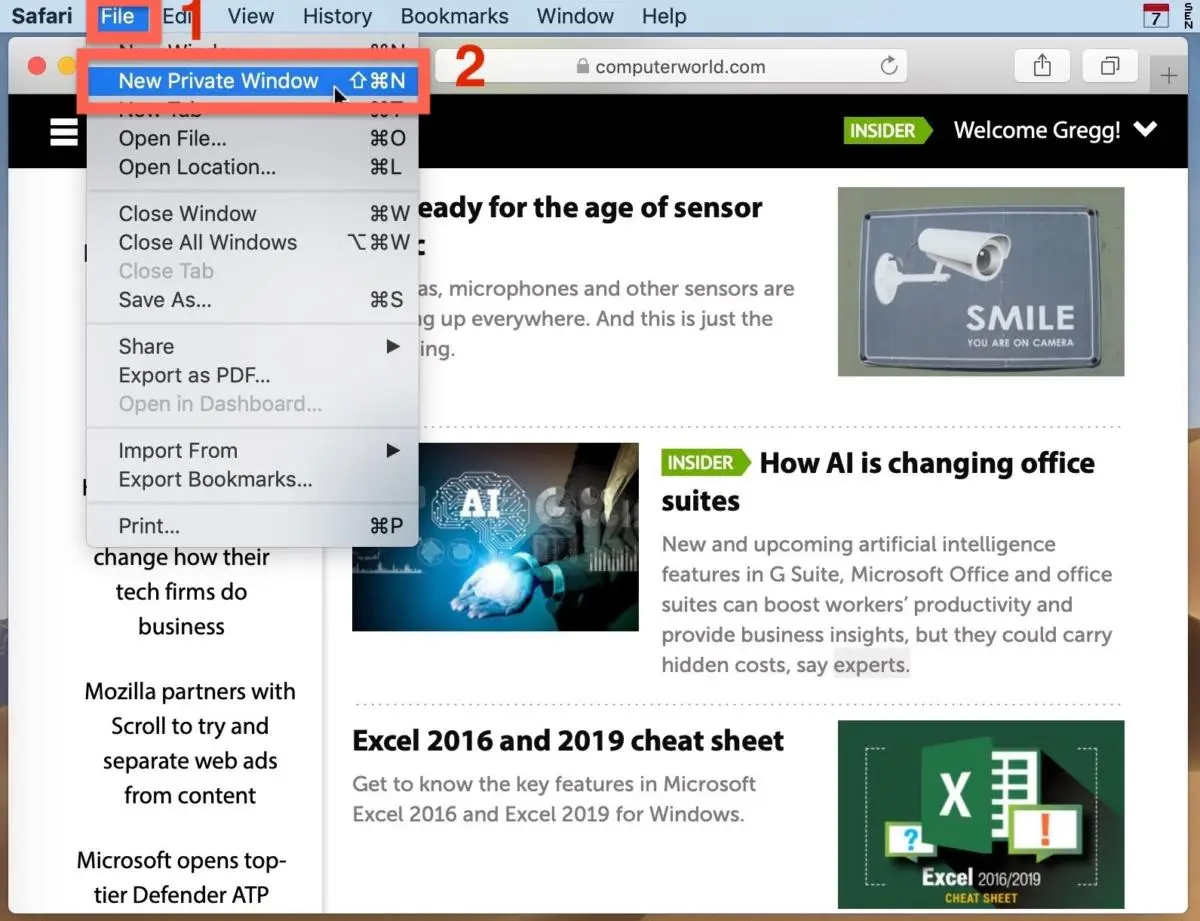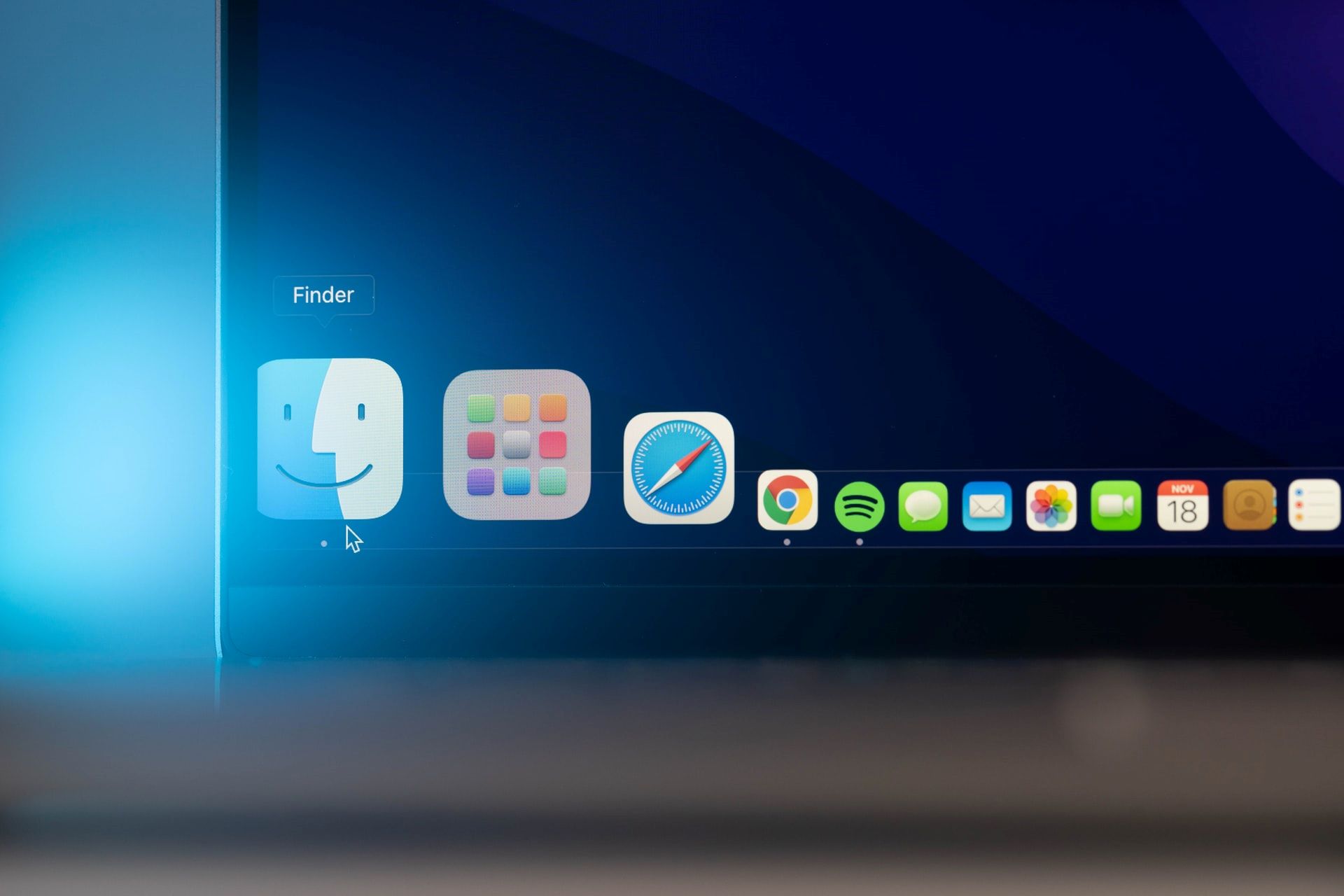Common Issues with Safari on Mac
Safari, the default web browser for Mac, is known for its sleek interface and seamless performance. However, like any software, it's not immune to issues. If you've encountered problems while using Safari on your Mac, you're not alone. Here are some common issues that users often face:
-
Slow Performance: Safari may become sluggish, taking longer to load web pages or respond to user commands. This can be frustrating, especially when you're trying to browse the web efficiently.
-
Crashing and Freezing: Safari may unexpectedly crash or freeze, disrupting your browsing experience and potentially causing data loss if you haven't saved your work.
-
Compatibility Issues: Certain websites or web applications may not function properly on Safari, leading to a subpar user experience or rendering specific features unusable.
-
Security Concerns: Users might encounter security warnings, such as "Your connection is not private," when accessing websites, which can raise concerns about the safety of their browsing activities.
-
Extensions and Plugins: Safari extensions and plugins can sometimes conflict with the browser or cause it to behave erratically, leading to performance issues.
-
Outdated Software: Running an outdated version of Safari or macOS can result in compatibility issues and potential vulnerabilities that may impact the browser's functionality.
Understanding these common issues is the first step toward resolving them and getting Safari back to its optimal state. In the following sections, we'll delve into troubleshooting methods and preventive measures to address these issues effectively.
Troubleshooting Safari Problems on Mac
When Safari on your Mac starts acting up, it can be frustrating and disruptive to your browsing experience. Fortunately, there are several troubleshooting steps you can take to address common issues and restore Safari to its optimal performance.
Clearing Cache and Cookies
One of the first troubleshooting steps to consider is clearing the cache and cookies in Safari. Over time, these temporary files can accumulate and potentially cause performance issues. To do this, go to the Safari menu, select "Preferences," and then navigate to the "Privacy" tab. From there, you can choose to remove browsing data, including cache and cookies, which may help resolve slow performance and loading issues.
Disabling Extensions and Plugins
Safari extensions and plugins can enhance your browsing experience, but they can also be a source of problems. If you're experiencing issues with Safari, try disabling or removing any recently installed extensions or plugins to see if they are the root cause. You can do this by going to the Safari menu, selecting "Preferences," and then navigating to the "Extensions" and "Plug-ins" tabs to manage and disable these add-ons.
Resetting Safari Settings
If Safari continues to exhibit issues, resetting its settings to default may help. This can be done by going to the Safari menu, selecting "Reset Safari," and choosing the specific settings you want to reset, such as history, top sites, and autofill information. Keep in mind that this action will clear your browsing history and other saved data, so use it judiciously.
Checking for Software Updates
Ensuring that Safari and macOS are up to date is crucial for optimal performance and security. Check for available updates by going to the Apple menu, selecting "System Preferences," and then choosing "Software Update." If updates are available, follow the prompts to install them, as they may contain fixes for known issues and vulnerabilities.
Testing in a New User Account
Creating a new user account on your Mac and testing Safari in that environment can help determine if the issues are specific to your user account or system-wide. If Safari functions normally in the new user account, it may indicate that there are user-specific settings or configurations causing the problems.
By following these troubleshooting steps, you can effectively address common Safari issues on your Mac and enjoy a smoother browsing experience. If problems persist, consider seeking further assistance from Apple Support or a qualified technician to diagnose and resolve more complex issues.
Updating Safari and macOS
Keeping Safari and macOS up to date is essential for ensuring optimal performance, security, and compatibility with the latest web technologies. Regular updates address known issues, introduce new features, and provide critical security patches to safeguard your browsing experience. Here's why updating Safari and macOS is crucial, along with the steps to check for and install updates.
Importance of Updates
-
Security Enhancements: Cyber threats and vulnerabilities are constantly evolving, making it imperative to stay ahead of potential risks. Safari and macOS updates often include security enhancements that protect against malware, phishing attempts, and other online threats.
-
Bug Fixes and Performance Improvements: Updates address bugs and performance issues that may affect Safari's stability and responsiveness. By installing the latest updates, you can benefit from improved reliability and a smoother browsing experience.
-
Compatibility with Websites and Web Applications: As websites and web applications evolve, they may require the latest browser and operating system capabilities to function optimally. Updating Safari and macOS ensures compatibility with the latest web standards, allowing you to access and interact with a wide range of online content seamlessly.
Checking for Updates
-
Safari Updates: To check for Safari updates, open the App Store on your Mac and navigate to the "Updates" tab. If a Safari update is available, it will be listed here, and you can proceed to install it.
-
macOS Updates: Checking for macOS updates is simple. Go to the Apple menu, select "System Preferences," and click on "Software Update." If a new macOS version or update is available, you can follow the on-screen instructions to download and install it.
Installing Updates
-
Safari Updates: When a Safari update is available in the App Store, click on the "Update" button next to Safari to initiate the installation process. Once the update is installed, relaunch Safari to apply the changes.
-
macOS Updates: If a macOS update is available, follow the prompts in the Software Update window to download and install the update. Your Mac may need to restart to complete the installation, so ensure that you save any ongoing work before proceeding.
By prioritizing the regular updating of Safari and macOS, you can benefit from enhanced security, improved performance, and seamless compatibility with the latest web technologies. Make it a habit to check for updates periodically to ensure that your browsing experience remains secure and enjoyable.
Clearing Safari Cache and Cookies
Clearing the cache and cookies in Safari is a fundamental troubleshooting step that can significantly impact the browser's performance and user experience. Over time, as you browse the web, Safari accumulates temporary files, including cached data and cookies, to facilitate faster loading of websites and store browsing information. While this mechanism enhances browsing efficiency, it can also lead to issues such as slow performance, website loading errors, and privacy concerns.
When you clear the cache, you effectively remove the stored temporary files, which can free up valuable disk space and potentially resolve performance-related issues. Additionally, clearing cookies can help address authentication problems, login issues, and website-specific errors that may arise due to outdated or corrupted cookie data.
To clear the cache and cookies in Safari, you can follow these simple steps:
-
Accessing Safari Preferences: Start by opening Safari and navigating to the "Safari" menu located in the top-left corner of the screen. From the dropdown menu, select "Preferences."
-
Navigating to the Privacy Tab: Within the Preferences window, click on the "Privacy" tab. Here, you will find options to manage website data, including cache and cookies.
-
Removing Browsing Data: In the Privacy tab, you can click on the "Manage Website Data" button to view and manage the stored website data, including cache and cookies. To remove all cached data and cookies, simply click on the "Remove All" button. Alternatively, you can selectively remove data for specific websites by selecting them from the list and clicking "Remove."
-
Confirming the Action: After selecting the data to be removed, Safari will prompt you to confirm the action. Once confirmed, the selected cache and cookies will be cleared from the browser.
By regularly clearing the cache and cookies in Safari, you can maintain the browser's performance, resolve browsing issues, and enhance privacy by removing potentially sensitive browsing data. It's a simple yet effective maintenance practice that can contribute to a smoother and more secure browsing experience on your Mac.
Checking Internet Connection
Ensuring a stable and reliable internet connection is paramount when troubleshooting Safari issues on your Mac. A poor or intermittent connection can manifest as slow page loading, frequent timeouts, and overall browsing disruptions, often leading users to attribute these symptoms solely to browser-related issues. However, understanding the impact of the internet connection on Safari's performance is crucial in diagnosing and resolving browsing issues effectively.
To begin checking your internet connection, start by verifying the connectivity of your Mac to the local network. Ensure that your Wi-Fi or Ethernet connection is active and properly configured. If using Wi-Fi, check for any signal interference or distance-related connectivity issues that may affect the strength and stability of the connection. In the case of an Ethernet connection, inspect the cable for any physical damage and ensure that it is securely plugged into the appropriate port.
Once the local network connectivity is confirmed, proceed to assess the broader internet connection. Open Safari and attempt to access various websites to gauge the consistency of your browsing experience. Pay attention to the loading times, error messages, and overall responsiveness of the websites. If you encounter persistent loading errors or slow performance across multiple websites, it may indicate an issue with your internet service provider (ISP) or a broader network-related issue.
In addition to browsing websites, consider running a speed test to measure the upload and download speeds of your internet connection. Various online tools and services are available for conducting speed tests, providing insights into the performance of your connection. Comparing the obtained speeds with your ISP's advertised rates can help identify potential discrepancies and determine if the internet connection is operating within expected parameters.
Furthermore, if you are experiencing intermittent connectivity issues, consider restarting your modem, router, or any networking equipment in use. Power cycling these devices can resolve temporary network inconsistencies and restore stable connectivity. Additionally, inspect the network settings on your Mac to ensure that they align with your network requirements and are configured correctly.
By systematically evaluating the local network, browsing experience, speed test results, and network equipment, you can gain a comprehensive understanding of your internet connection's impact on Safari's performance. Identifying and addressing any underlying connectivity issues can significantly enhance your browsing experience and contribute to resolving Safari-related problems effectively.
Resetting Safari Settings
Resetting Safari settings to their default state can serve as a powerful troubleshooting tool when encountering persistent issues with the browser on your Mac. This process effectively clears various user-specific configurations, preferences, and stored data within Safari, offering a fresh start that can help resolve a wide range of browsing-related problems. Here's a detailed look at the steps involved in resetting Safari settings and the potential benefits it can yield.
Accessing Safari Preferences
To initiate the process of resetting Safari settings, begin by opening the Safari browser on your Mac. Next, navigate to the "Safari" menu located in the top-left corner of the screen. From the dropdown menu, select "Preferences" to access the settings and customization options for Safari.
Navigating to the Advanced Tab
Within the Preferences window, click on the "Advanced" tab. This section houses advanced settings and options that are not readily accessible in the main Safari interface. Here, you will find the option to reset various aspects of Safari to their default state.
Enabling the Develop Menu
To reveal the "Develop" menu in Safari, which contains the option to reset Safari settings, you may need to enable it first. To do this, go to the "Advanced" tab in Safari Preferences and check the box next to "Show Develop menu in menu bar."
Resetting Safari Settings
Once the Develop menu is visible in Safari, click on it to reveal its dropdown options. From the Develop menu, select "Empty Caches" to clear the cached data stored by Safari. Additionally, you can choose "Reset Safari" to access a comprehensive list of settings and data that can be reset, including history, top sites, autofill information, and more. Select the specific items you want to reset, and then proceed with the reset process.
Potential Benefits
Resetting Safari settings can yield several benefits, including the resolution of persistent browsing issues, improved browser performance, and the elimination of problematic user-specific configurations. By clearing accumulated data and reverting settings to their default state, you can effectively address issues related to slow performance, website loading errors, and erratic behavior within Safari.
By following these steps to reset Safari settings, you can leverage this powerful troubleshooting method to address persistent browsing issues and restore the browser to a clean and optimized state. It's important to exercise caution when resetting Safari settings, as it will clear certain user data, such as browsing history and saved passwords. However, when used judiciously, this approach can be instrumental in resolving complex Safari-related problems and enhancing your overall browsing experience on your Mac.

























